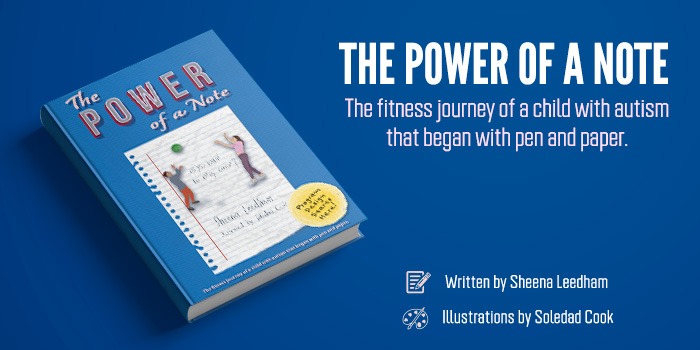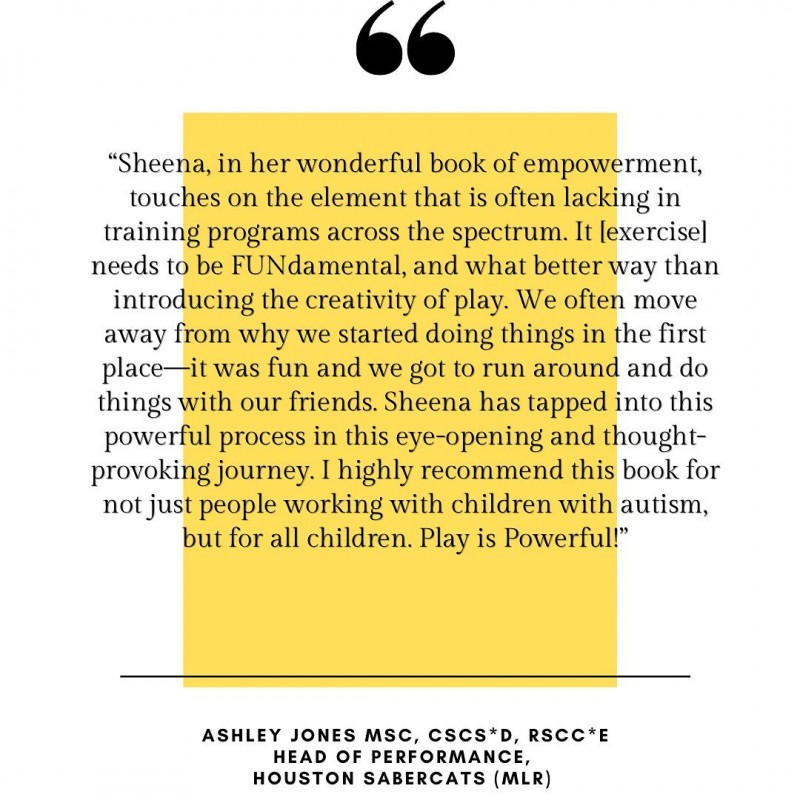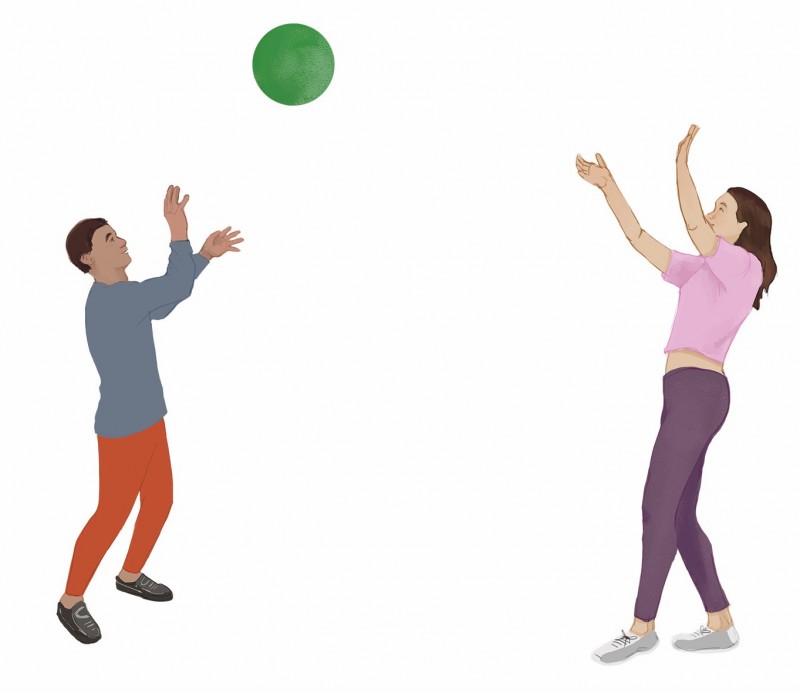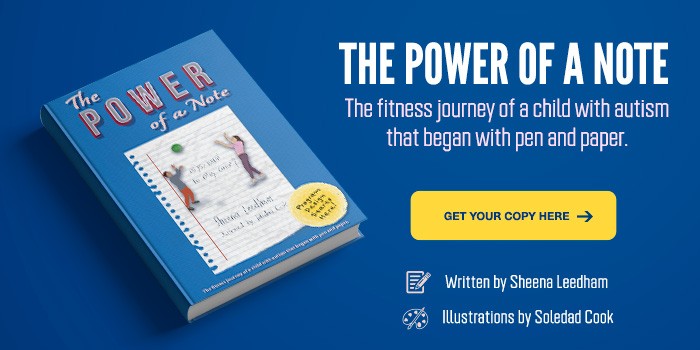
In 2012, I began writing a column for elitefts to share my experiences and successes in educating autistic children and young adults. The next year I moved to London, Ohio, to begin working for elitefts. The site actually documents the first time I met Blaine Tate, Dave Tate's autistic son, and EXACTLY what our first training session looked like on that spring evening. You can read the article here.
Blaine's training schedule has continued weekly since then, roughly three hundred and ninety-six sessions under our belts! In this timeframe, Blaine has gone from weighing one hundred and eighteen pounds as a ten-year-old to two hundred and sixty pounds as an eighteen-year-old, towering six feet tall. "All muscle," he says. A schedule that was once dependent on play, obstacle courses, and a DS is now dependent on gaining muscle, reaching goals, getting stronger, and working hard. Exercises that once terrified Blaine, like the squat, bench, deadlift, pull-up, jump rope, and box jump, are now part of our weekly regimen. Believe it or not, two years in, I couldn't imagine training outside of the S4 Compound. Yet slowly, Blaine began to gain confidence and competence in his ability to move, which led naturally to offsite training adventures and competition.
WATCH: Defining Autism — Beyond the Label [Documentary]
Alongside Blaine's training, I furthered my study and methodology as an educational consultant for Ohio State University, creating a strength training, nutrition, and social skills curriculum for programs ACE!, PLAN, and Men's Aspirations. Through my column here at elitefts, you'll be able to read many of my lesson plans I created for the autistic students at Ohio State University. Here's one: Skip the Gym — The Scioto Challenge.
The Power of a Note
Based on ALL of my educational and professional experiences working with children and young adults with autism, I wanted to share the book I wrote, The Power of a Note: The fitness journey of a child with autism that began with pen and paper.
The Power of a Note is an outreach tool for parents, educators, and personal trainers to help at least one child with autism reach his highest potential through movement and health. In 88 pages, you'll be able to positively introduce fitness and design a strength training program to make movement gratifying, productive, and social―this is what separates exercise as a weekend frustration from a lifelong journey.
"There is a wealth of theoretical models and empirical evidence supporting the facilitator role, and she outlines the relevant elements from this literature as she continues to tell the story of the note." — Marilia Coutinho, PhD
The special component of this book is how I bridge theory and practice through illustrations. Not only will you read the advised methodology, but you'll SEE it unfold to give you a working example of what to try. Colorful visuals illustrate a sixty-minute workout packed with fun, play, strength training, endurance, choice, rest, and free time.
Why "The Power of a Note" is Empowering
Over the years, Dave Tate has unapologetically shared his views on raising a son with autism. Based on a true story, Dave permits me to join his son's network of help. He'll be the first one to tell you that severing his dual role as dad AND trainer wasn't easy. As a prominent figure in the strength and conditioning world, he was making marginal progress trying to train his own son. There was a disconnect but he couldn't figure it out by himself. After reading The Power of a Note, Dave Tate shares:
"Training has always been an outlet throughout my life—my way to deal with stress, competition, success, failure, anger, and every other emotion known to man.
Raising a son with autism, the gym would serve as his outlet too—his means to develop physically, learn healthy habits, make better choices, be social, and deal with anger and cyclical meltdowns. I mean, it worked for me. Coupling Blaine's familiarity in the gym environment since diapers with my basic physical development know-how, we had some success, but he'd spend most of the time playing video games.
"It worked for me," is one of the worst ideas I've had in my life. It was hard for me because this is what I knew (or at least thought I knew) and could do for my son.
I still remember the day I looked over, and Blaine was not at the table but outside playing ball with Sheena. He was moving! He was laughing! He was having fun! He was exercising!
I won't lie; it was a struggle to train him and a struggle watching someone else train him. What if he had a meltdown? I was the only one who could identify his triggers.
As parents, it's our job to do what is best for our children and what is best for their future—this may not always be aligned with what is best for you or your ego.
What I discovered through Sheena was the process of training—the process is powerful. I was used to training progressions, but what Blaine needed was what I would best describe as regressions, a lower starting point with the integration of research-based teaching strategies and common sense.
"Do you want to play catch?"
Simple.
Empowering.
The Power of a Note is the story of how one note can make a world of difference."
Available at Amazon! Available at Bookbaby!
Be sure to leave a review as I read all of them.
The Power of a Note Contents
1. Dedication
2. Foreword
3. The Power of a Note—How to Use This Book
4. The Power of a Note—Storybook
5. The Power of a Note—Outreach
- Benefits of Exercise
6. Step One: Observe
- Observation Application
7. Step Two: Communicate
- Communication Application
8. Step Three: Schedule
- Schedule Application
9. Step Four: Progress
- Physical Progress
- Physical Progress Application
- Behavioral Progress
- Behavioral Progress Application
- Social Progres
- Social Progress Application
- Eight Training Types to Progressively Integrate Social Networks
10. Step Five: Motivate
- Extrinsic Motivation Application
- Intrinsic Motivation Application
11. References
12. Schedule Sample
13. Training Success
14. Parental Feedback—Why the Note is Empowering
15. Author Bio
I hope this helps you along your fitness journey.
Thank you,
YouTube
Sheena Leedham earned her master’s degree in education at Edinboro University with a concentration in elementary education and recreation administration. Her educational background led her to specialize in programming for children and adults with autism in the public school setting, a partial hospitalization program, Barber National Institute, a private gym setting, Turning Pointe Autism Foundation, and Ohio State University. Through the Ohio State University's Nisonger Center, Sheena coordinates a social support group event every month for teens and young adults with autism to experience the Greater Columbus Area. Sheena also consults Ohio State University's ACE! and PLAN programs. At OSU, she creates a physical and nutritional curriculum to educate autistic high school and college students on the importance of habitual fitness and proper nutrition.













Personal Trainers can read about working with Special Populations but until you've worked with someone in that group you have no idea how difficult it can be. More guidance and resources are needed for exercise professionals on how they can best utilize their skills when working with special populations.
Parents also need to get past the stigma (shame?) of their child's condition and be open with the exercise professional so that they can provide the best program for their child.
It's exactly why I created a book with a storybook to illustrate——more so than just words to fill a page. Read theory and then see it!
I also remember reading a special populations training book and of 400+ pages, 2 pages were on the topic of autism. I was dumbfounded and knew I could do better. I hope this book helps personal trainers and parents. Personal trainers will ultimately know how to package their skill set appropriately. Parents will know what good programming looks like and the special care required.